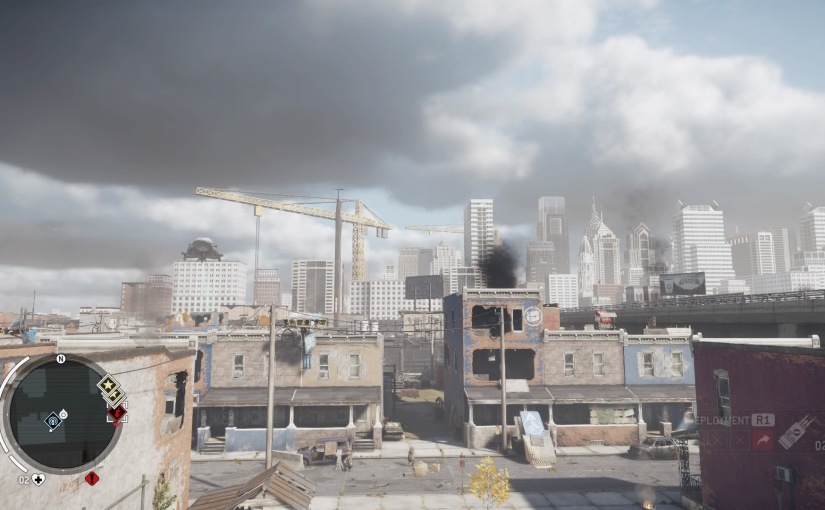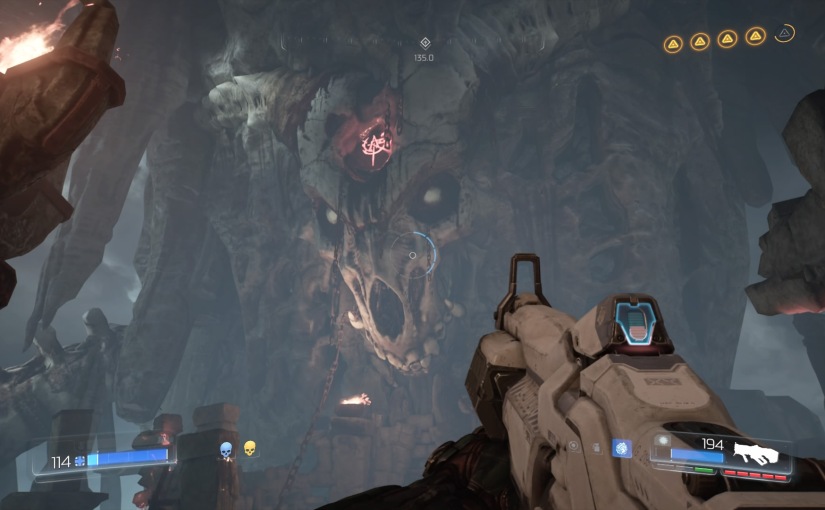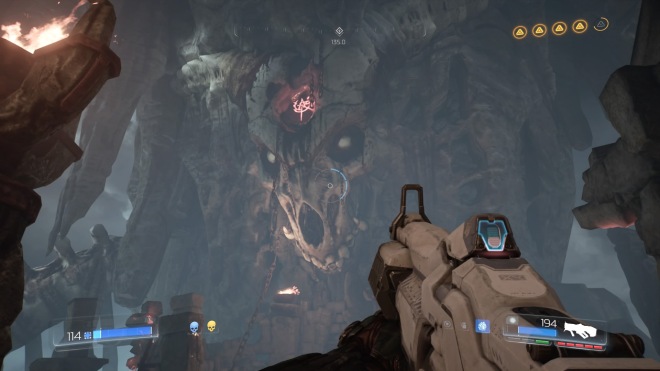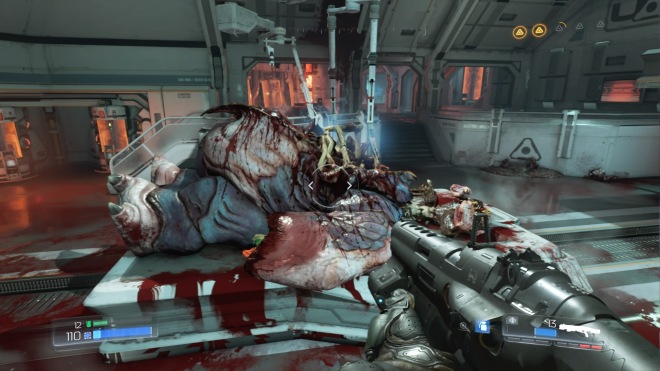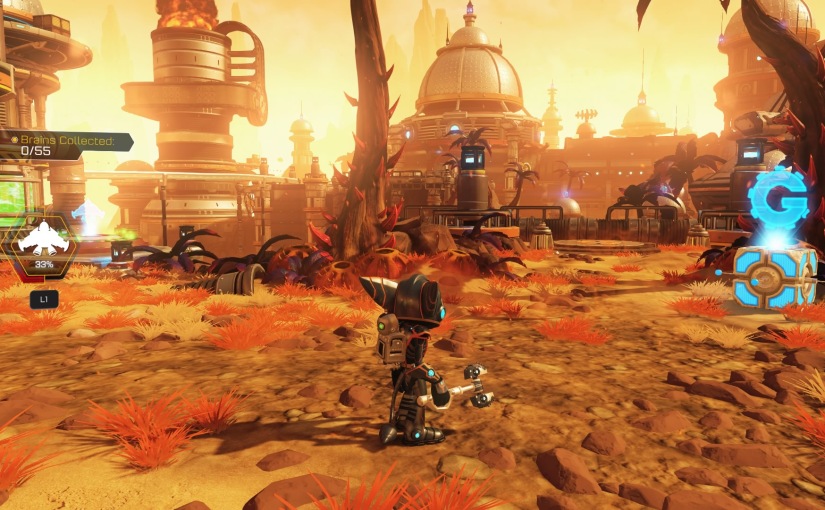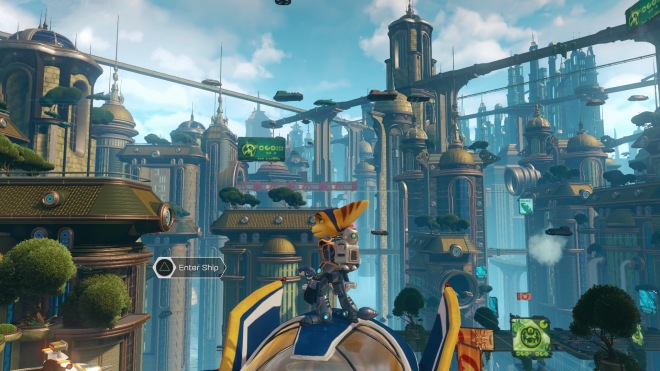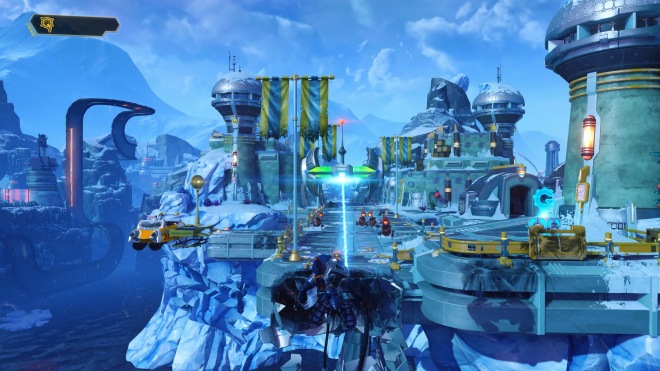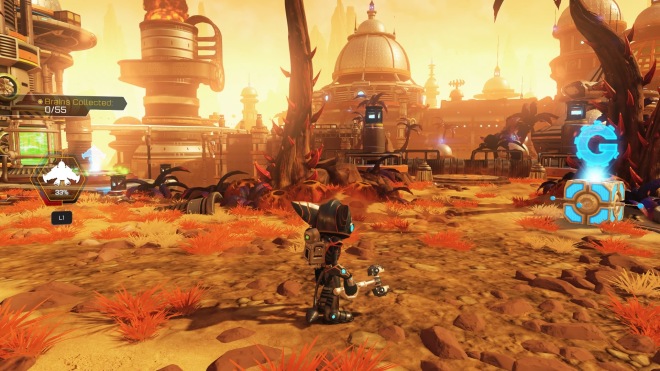Homefront: The Revolution seemed destined to be dead on arrival. If it even arrived at all. After changing developers and game engine a couple of times, it’s fair to say it had a tumultuous development, and I suppose it’s a miracle it ever saw the light of day. Naturally, this rocky development journey led the internet hordes to write the game off as terrible before seeing the starting menu. It’s at this point I’d like to say Homefront is a cracking game, but sadly it’s not.
It’s more thematically linked to the original Homefront than being a direct sequel. Homefront was a generic, linear first-person shooter. Whereas Homefront: The Revolution has loftier ambitions, attempting to be a sort of urban Far Cry in a bombed-out version of Philadelphia. You will be capturing outposts, upgrading your guns and character attributes like your ammo capacity. The Far Cry influence is there for all to see.
The plot deals with North Korea taking over America through some sneaky use of technology. Walker, leader of the resistance, has been captured, so it’s up to you and your resistance buddies to find a way to get him back because apparently there’s no way the uprising could ever happen without him. This is ironic, considering you seem perfectly capable of inspiring the masses through your actions in the game.
However, it does serve to make you feel like you’re genuinely part of a resistance. You’re often poorly equipped with cobbled-together weaponry that looks delightfully DIY, often relying on hit-and-run tactics rather than a sustained gunfight – a certain way to get yourself killed. It makes you feel like you’re attempting to operate from underground, making a difference when you can instead of fighting a whole army on your lonesome.
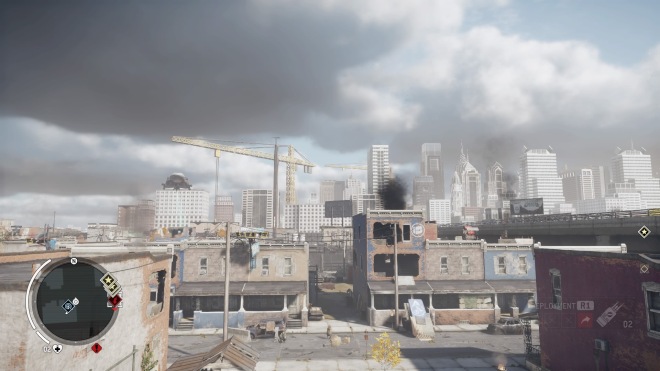
On your journey of civilian liberation, you’ll find yourself knocking around two different area types for the most part – Red Zones and Yellow Zones. Red Zones are where the resistance is strongest, with gun caches and traps scattered about the place. Here the North Koreans have a shoot-on-sight policy, so if you’re spotted rummaging amongst the rubble, you can expect a squadron of soldiers on your position fairly sharpish. Yellow Zones are the more interesting of the two as this is where you can promote your uprising better.
This is because you can gain a great sense of satisfaction from inspiring the populace to rise up. Once you’ve filled the ‘hearts and mind’ bar to 100%, you’ll see a cutscene of civilians overthrowing their oppressors, and it does genuinely feel like you’ve made a small but vital difference. Getting this bar to 100% is a little tedious though, you’ll often find yourself sabotaging enemy equipment or switching on radios to the resistance broadcast, which quickly starts to feel like a grind once it becomes a mission objective for the umpteenth time.
Homefront’s version of Far Cry’s radio towers, which resemble intricately designed bombed-out buildings, are the more enjoyable part of these liberation quests. They essentially act as puzzles that have you navigate through various places to reach your goal. This will see you looking for blue paint that indicates the way to go before making your way up these buildings. It’s certainly a lot more enjoyable and varied than climbing up a vertical radio tower, that’s for sure.
But, while Homefront has done wonders in terms of atmosphere and setting, the gameplay and general performance do their best to undo all of this good work and largely succeed. The framerate on the PS4 is pretty poor, with outdoor areas dipping low enough that playing the game feels like a real chore. On top of this, every time the game autosaves, it will freeze for a few seconds like it’s trying to comprehend how a fire could start at a Sea Parks. It makes the game hard to play for more than a few hours at a time simply because it can just become too frustrating.
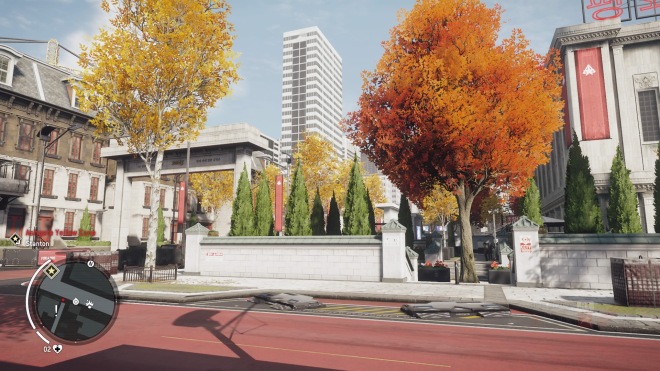
It’s not just optimisation issues either. The AI in the game sometimes behaves in a variety of bizarre and reasonably hilarious ways. Sometimes they will start running around in circles because their pathfinding has been interrupted or leap into a fire and be too stubborn to admit they’re burning alive. There’s a mission where one of your fellow resistance members stands in the middle of a gunfight, looking slightly perturbed that people keep shooting at him, despite his obvious imperviousness to bullets. It’s the kind of thing that you encounter in most games from time to time, but the frequency here is alarming, and it certainly kills the atmosphere they were going for.
But it doesn’t stop there. In the Red Zones, there are motorbikes scattered about the place. Their intended use is for you to zip around the map completing outposts, but the problem is they’re awful and often get stuck on invisible terrain, making them harder to drive than they already are. The video game staple of running people down is completely ruined by it. Yes, you can kill a man by running them over with your bike, but you’ll clip through their body and only hear their sounds of anguish before feeling the need to turn around to check you did get them. I found running more effective in the end.
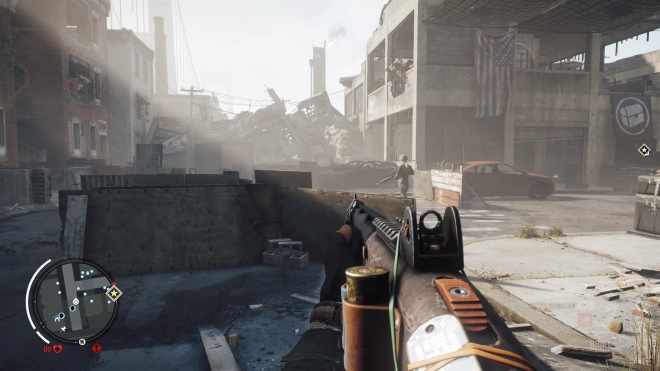
The gunplay is also lacklustre, which is a shame given how much thought went into the weapons. Each weapon can be modified, with scopes and grips that you can switch on the fly. Furthermore, they all have the option of being converted into a different weapon. For example, the pistol can become a sub-machine gun, and the pump-action shotgun can become automatic. You can do this whenever you choose, and it helps support the mentality of ‘make the most of what you have’ a resistance is likely to have.
But for the most part, the guns have no kick. The aiming feels loose, and you’ll find yourself sighing as your assault rifle’s bullets sail past an enemy the reticule is clearly on. Now you could say this might be deliberate to force you to choose your moments more carefully and whatnot, but to be honest, if you say your game is a first-person shooter, the shooting needs to be better than this.
It might surprise some people to discover that Homefront: The Revolution ever got released at all, and with the current state of the PS4 version, I can’t understand why it was. It has some good ideas and is even enjoyable at times, but the myriad of performance issues and frequently questionable gameplay make me wonder why the game was released now. I guess the developers were fed up with it. I know I am.
4/10
